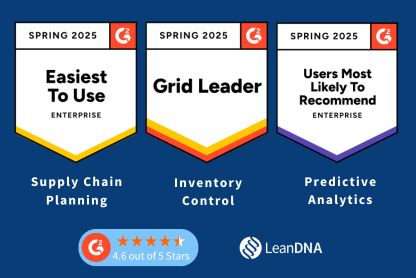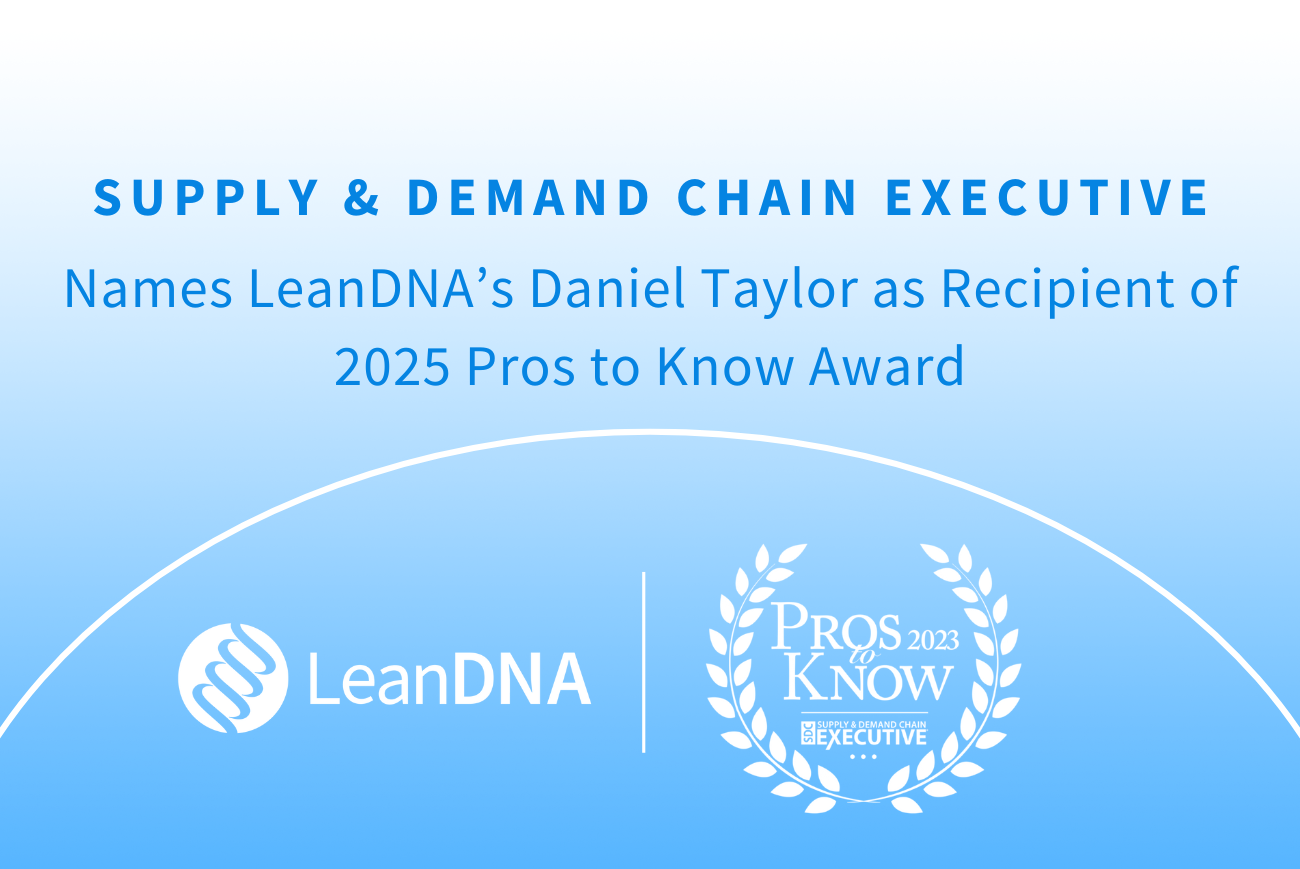Data analytics is entering a new frontier as teams disperse around the globe. New analytics technologies enable organizations to read deeper into the story behind their data. But more often than not, teams miss out on the benefits of new technology because they rely on tried-and-true methods to solve the problems of the future. One of those bad habits is turning to one-way analytics -- inputting your data into spreadsheets to be emailed from user to user, one at a time to avoid multiple copies of the same document. The hope is that someone can glean useful information before relaying it back through the chain.
 Sound familiar? It should. Most teams still do this. While collaborative tools like SharePoint have helped to consolidate spreadsheets within a central repository to be shared across teams and distances, they’ve done little to innovate on the limitations of static Excel documents.
Sound familiar? It should. Most teams still do this. While collaborative tools like SharePoint have helped to consolidate spreadsheets within a central repository to be shared across teams and distances, they’ve done little to innovate on the limitations of static Excel documents.
But what's next? Here's how leading manufacturing companies are shifting from one-way analytics to collaborative analytics to drive significant improvements in inventory, delivery performance, and reduced operational costs.
It’s Time for Excel to Retire
While Excel remains a staple for the most organized of workers, there are limitations to the tool. We often treat spreadsheets as ledgers to house sensitive and constantly changing master data. And nothing is worse than investing time and energy into updating one version only to find out that a newer iteration has emerged elsewhere.
On top of that, when users need to flag urgent tasks, concerns, or issues, they’re relegated to sending out untrackable emails with issues that need to be fixed. They might go in and add a comment to the specific cell, but it’s an inefficient workaround that still requires a manual follow up. This communication limitation is compounded by low visibility into what actions have been taken, meaning urgent matters might fall through the cracks! The whole point of analytics is to drive action. Is Excel the best way to ensure that timely, productive, and impactful decisions are made?
If not Excel, Then What?
Now it’s time to find a solution. There are some critical boxes you’ll want to check when evaluating a new solution.
To begin, is your tool a portal where all users can see the data and communicate in real-time? It should be intuitive. Not only should a tool be able to flag important issues, but also be effective at alerting other users by painting a detailed picture of what needs to be done.
Next, will the tool be central to your team’s communication? Can it be integrated into regular meetings with established KPIs and goals for discussion? This will ensure that the platform is not only used for visualization, but that it provides sufficient insights into mission-critical data to drive executive decisions. Integrating your tool into daily communication also ensures you’re cultivating a culture of ownership, accountability, and transparency.
The next characteristic you’ll look for is a cloud-based product. Manufacturers continue to move away from on-premise technologies for a reason: they’re nightmares to maintain and keep up to the latest best practices and standards! Move your data and processes to the cloud. First of all, you’ll be able to access your data from anywhere. On a flight and need to pull the latest figures? Easy. Stuck in the hotel business center and don’t have access to your personal device? No problem. Get as much online as possible so that you can take ownership and control of your data.
Secondly, cloud-based systems can be updated in real time. The thought of going outside your business and using a tool that's not custom-made can be a little intimidating, at first. But that's much less important when new features in sync with the manufacturing industry's latest best practices are constantly brought into the tool. Instead of a static tool that only stagnates with age, you're always at the cutting edge of innovation.
Lastly, start reading between the lines… or at least find a tool to read between the lines for you. Data tells a story -- you need to work collaboratively to find the best path forward. Modern tools now leverage artificial intelligence, data mining, and best-practice analytics to provide as many insights into your data as possible.
When your systems enable you to use connected analytics, rather than one-way analytics, it opens the door for your team to have the time and flexibility to determine the next best chapter for your story.
Supply chain procurement has never been more complex.
Which is all the more reason to incorporate collaborative analytics into your supply chain practices. The increasing pressure to analyze complex data to prioritize and manage daily tasks can seem to be an insurmountable task for many organizations, but by using agile collaborative analytics, manufacturers can find a competitive advantage in an increasingly global marketplace.
Speaking of team collaboration…
Catherine Plumail faced a major challenge at Ingersoll Rand. With numerous different challenges presenting across different sites, she had to find a way to align teams across the company. She found a few common pain points among the different teams, a lack of visibility into real time inventory data, difficulty staying on top of shortages, and an absence of standardized work processes and metrics.
See how Catherine Plumail drove supply chain alignment at Ingersoll Rand.



